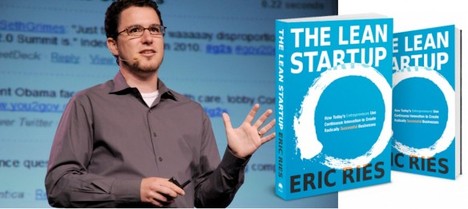(p. 142) The consumer products arm of Disney–the group responsible for licensing toys and other tie-ins–was also slow to see the potential of Toy Story. It was a case of out of sight, out of mind: Toy Story was in production hundreds of miles away. Preoccupied with two other forthcoming releases, Pocahontas and The Hunchback of Notre Dame, Disney Consumer Products left the Pixar film on the back burner. When Guggenheim met with one of the division’s senior licensing executives in December 1994, he was alarmed to discover that she saw no licensing potential in the film.
“We put together a presentation reel of scenes from the film that we’d already completed, and material on how the film was being made” Guggenheim said. “We were taking that around the company so people could get a feeling of what this film was all about.”
The executive told him, I don’t know how we’re going to do toys for this.
“What do you mean?” Guggenheim queried. “It’s Toy Story. You know, Toy . . . Story.”
Yes, she said, but you have all these toys that already exist–Mr. Potato Head, Speak & Spell, all that stuff. How are we ever going to make money off that?
“But you have all these original characters. You’ve got Buzz, you’ve got Woody.”
Source:
Price, David A. The Pixar Touch: The Making of a Company. New York: Alfred A. Knopf, 2008.
(Note: ellipsis and italics in original.)
(Note: my strong impression is that the pagination is the same for the 2008 hardback and the 2009 paperback editions, except for part of the epilogue, which is revised and expanded in the paperback. I believe the passage above has the same page number in both editions.)







